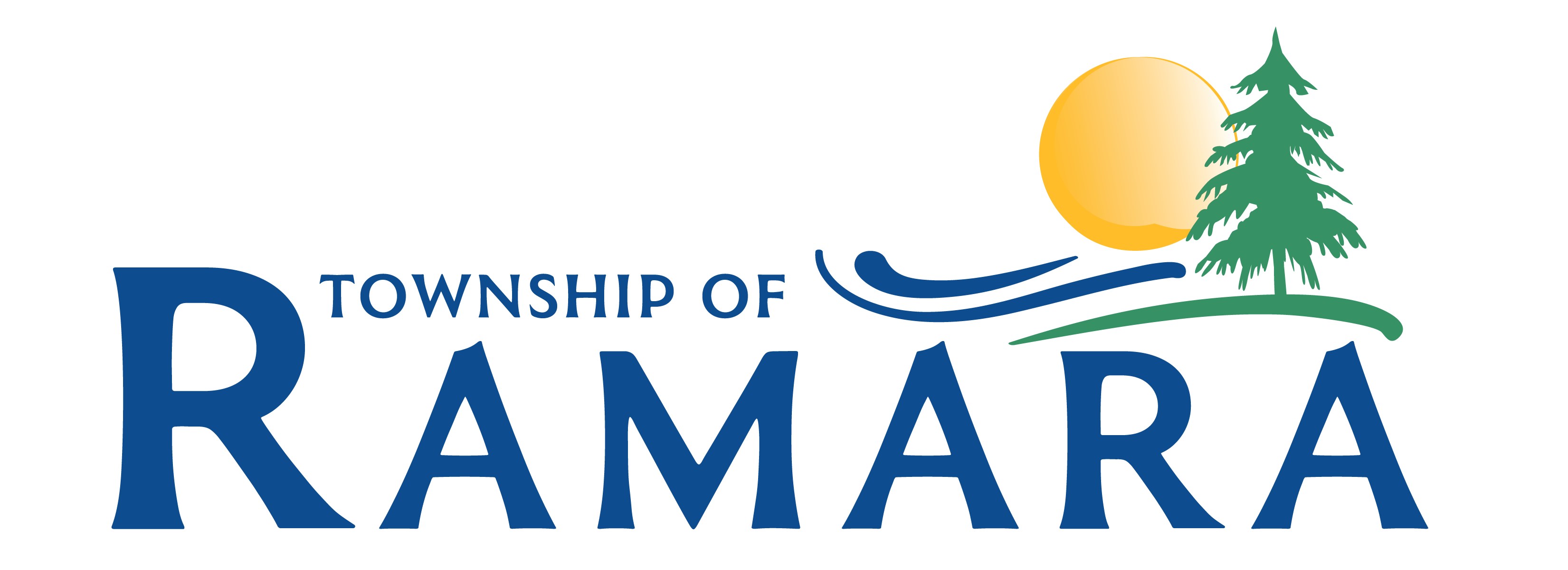Home Fire Safety

Cooking Fire Safety
Cooking is the leading cause of home fires and related injuries. Whether you're using a stove or a barbecue, practicing safe cooking habits is essentials. Follow these guidelines to stay safe:
- Equip Your Kitchen
- Install a fire extinguisher in the kitchen and check its pressure monthly.
- Regularly clean the stove's exhaust hood and duct to prevent grease buildup.
- Stay Focused
- Never leave cooking unattended. If you need to step away, turn off the stove and set a timer. Carry a reminder item like a tea towel to prompt your return.
- Keep it Clear
- Remove flammable items like paper towels, wooden utensils, and cloths from the cooking are to reduce fire risk.
- Avoid Risky Reach
- Don't store items on the back of the stove. Reaching over hot burners can lead to serious burns.
- Dress Safely
- Avoid loose clothing while cooking. Wear short sleeves or roll them up to prevent fabric from catching fire.
- Know What to Do
- If a pot catches fire, stay calm. Slide a properly fitting lid over the pot and turn off the heat. Do not move the pot or lift the lid until it has completely cooled.
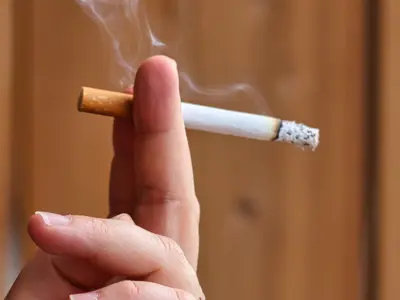
Preventing Smoking-Related Fires in Your Home
Smoking materials are the leading cause of fire-related deaths. Protect yourself, your loved ones, and your home by following these important safety tips:
- Never smoke in bed, or when consuming alcohol or medications that may cause drowsiness.
- Use large, deep ashtrays placed on sturdy surfaces to prevent tipping.
- Ensure cigarette butts and ashes are fully extinguished before disposal — dousing them in water or sand is the safest method.
- Check under cushions and furniture for fallen cigarette butts that may be hidden from view.
- Do not smoke in homes where medical oxygen is in use.
- Keep matches and lighters out of reach of children, ideally stored high and out of sight.
- Whenever possible, smoke outdoors to reduce indoor fire risk.
- Stay alert while smoking. Avoid smoking when tired, under the influence of alcohol, or after taking medications or substances that impair awareness.
- Install a photoelectric smoke alarm near your usual smoking area to provide early warning in case of fire.
- The most effective way to prevent smoking fires is to quit smoking.
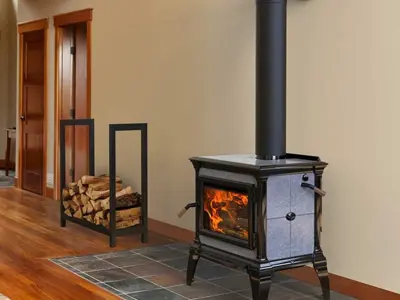
Home Heating Fire Hazards
As the weather cools, keeping your home warm safely is essential. Here are some important tips to help protect your family and your home:
- Keep flammable items at least three feet away from heating equipment like furnaces, fireplaces, wood stoves, and portable heaters.
- Create a “kid-free zone” of at least three feet around open flames and space heaters.
- Never use your oven to heat your home — it’s a fire and carbon monoxide risk.
- Hire qualified professionals to install heating systems, water heaters, or stationary space heaters. Always follow local building codes and manufacturer instructions.
- Schedule annual inspections and cleanings for your heating equipment and chimneys by certified professionals.
- Turn off portable heaters when you leave the room or go to sleep.
- Use only the correct fuel specified by the manufacturer for fuel-burning heaters.
- Use a sturdy fireplace screen to prevent sparks from escaping. Let ashes cool completely before placing them in a metal container, and store the container safely away from your home.
- Test your smoke alarms monthly to ensure they’re working properly.
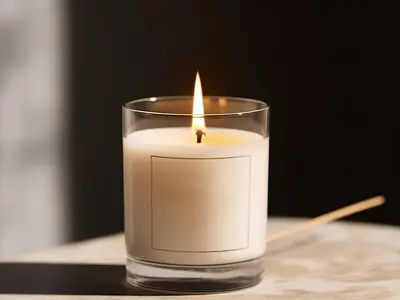
Candle Safety
Candles can add warmth and charm to any space — but they also pose a serious fire risk. In fact, candle-related fires are on the rise across Canada.
The safest choice? Skip the flame.
For festive décor, opt for CSA-approved battery-powered candles. And when preparing for emergencies, keep flashlights in key locations like the bedroom and kitchen.
Candle Safety Rules
- Never leave a burning candle unattended. Always stay in the room while it’s lit.
- Extinguish candles before leaving the room or going to sleep.
- Avoid using candles in bedrooms, especially where people may fall asleep.
- Keep candles away from anything that can burn, including curtains, furniture, and decorations.
- Store candles, matches, and lighters out of reach of children and pets.
- Use sturdy, tip-resistant candleholders. Glass shades or chimneys offer extra protection.
- Remember: When you go out, blow it out!
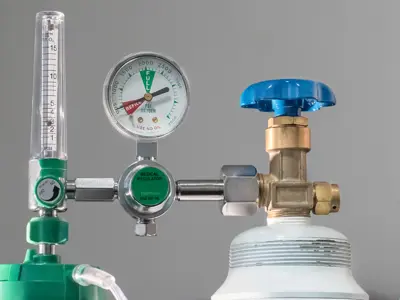
Home Oxygen Fire Hazards
Home oxygen therapy can be life-saving, but it also increases the risk of fire. Fires involving oxygen are more intense and spread faster, making prevention absolutely critical.
While oxygen itself doesn’t burn, it greatly accelerates combustion. Materials like clothing, furniture, and bedding can absorb oxygen and remain highly flammable for up to 20 minutes — even after the oxygen source is removed.
Common Ignition Sources in Oxygen-Enriched Environments
- Smoking materials – the leading cause of fires involving home oxygen.
- Cooking appliances – bring oxygen users close to open flames and heat.
- Grinding wheels and sparks – can ignite oxygen-enriched fabrics or tubing.
- Electrical hazards – damaged outlets, cords, or appliances.
- Static discharge – can ignite oxygen-saturated materials.
Safety Tips for Oxygen Users
- Never store oxygen cylinders in unventilated areas like closets or cupboards.
- Post an “Oxygen in Use” sign at entrances to alert visitors and emergency responders.
- Do not smoke while using oxygen, and ask visitors to refrain from smoking nearby.
- Stay at least five feet away from heat sources such as stoves, candles, fireplaces, and cigarettes.
- Keep oxygen tubing and equipment clear of ignition sources.
- Avoid flammable products like petroleum-based lotions, aerosol sprays, grease, or oils.
- Secure oxygen cylinders to prevent tipping or valve damage that could cause leaks.
- Turn off oxygen concentrators when not in use to reduce oxygen saturation in nearby materials.
- Install working smoke alarms — it’s the law. Consider placing extra alarms near areas where oxygen is used to increase escape time in case of fire.
Remember: You may have less than one minute to escape once a smoke alarm sounds.
Contact Us
Corporation of the Township of Ramara
2297 Highway 12, PO Box 130, Brechin, ON, L0K 1B0
T. 705-484-5374
E. ramara@ramara.ca
Ramara Fire & Rescue Services
Sign up for our eNewsletter
Stay up to date on the Township's activities, events, programs and operations by subscribing to have notifications sent directly to your inbox.
